Safe Work Australia has released a new model Code of Practice to provide practical guidance to employers on how to manage health and safety risks related to fatigue at work.
Fatigue is a state of physical, mental or emotional impairment that can have health effects and can prevent people from functioning safely in the workplace.
Employers are responsible for preventing work-related fatigue and ensuring fatigue doesn’t create a risk in their workplace. To do this, they must consult with workers and should design work in a way that eliminates or minimises risk as much as they reasonably can.
Managing fatigue-related risks may mean changes to work hours and shift design, providing sufficient breaks while at work and between periods of work, providing additional tools or equipment to assist with tasks or altering the way tasks are completed to allow for flexibility.
To support the model Code, Safe Work Australia has also published additional resources, including:
- a worker fact sheet
- a small business fact sheet, and
- the updated Fatigue: A WHS issue infographic.
The new model Code complements the model Code of Practice: Managing psychosocial hazards at work.
Download the model Code of Practice: Managing the risk of fatigue at work.
